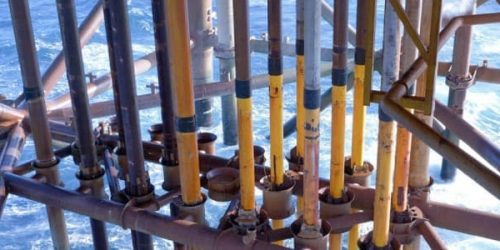A new innovation center in Norway aims to find alternative and cost-efficient solutions aimed at reducing the huge US$100 billion decommissioning cost that the North Sea operators and countries face, researchers and officials told Bloomberg.
The SFI Swipa (Subsurface Well Integrity, Plugging and Abandonment) center was granted the status of Center for Research-Driven Innovation for the next eight years by government-run Board of the Research Council of Norway.
The SFI Swipa center and its researchers will look into innovative ways for well plugging and abandoning (P&A), which makes up much of the total decommissioning costs, more than 40 percent.
Offshore Norway, as well as offshore the UK, many oilfields are approaching the end of their production life in the mature areas of the North Sea, and operators are sometimes reluctant to buy mature oilfields knowing that they will have to spend on decommissioning soon.
The new center will study “rigless solutions” for P&A because of the high daily rates for rigs, Harald Linga, research manager at SINTEF and director of the new center, told Bloomberg.
According to SINTEF, more than 3,000 wells on the Norwegian Continental Shelf (NCS) must be plugged when production is completed, and the cost of this could be as high as US$85 billion (800 billion Norwegian crowns). As per Norway’s tax rules, the Norwegian state must pick up the tab for most of the expenditure.
One of SFI Swipa’s goals is to halve these costs, Linga said in a statement last month.
In the UK North Sea, the well P&A costs were estimated at US$27.6 billion (22 billion British pounds), according to the latest decommissioning report of the UK Oil & Gas Authority.
Over the next five years alone, global decommissioning costs could reach US$42 billion, with the UK leading with almost 80 percent of total estimated expenditure on Northwest European decommissioning in the next five years, followed by Norway with 14 percent, and Denmark with 4 percent, Rystad Energy said earlier this year.





